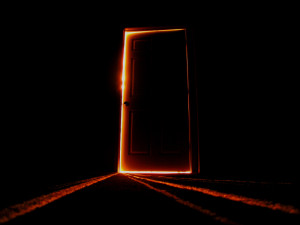By Jordan Dane
I’m teaching an online writing class from Feb 20 – Mar 2, hosted by YARWA, the online chapter for Young Adult Romance Writers of America. We’ve chatted about how to get over the hump and finish a book once you’ve stalled out for various reasons. Some people might call this writer’s block, but for me, I refuse to acknowledge anything like that exists. It’s too easy to blame an affliction we seemingly have no control over. I prefer to think my brain is secretly trying to tell me something that I’m not hearing, even though we are close neighbors.
When I can’t hear my brain SCREAMING at me to stop writing, apparently my body can hear that pesky 3-pounds of mush. My fingers boycott me and quit hitting the keyboard or I find many excuses to distract myself—even doing laundry, for cryin’ out loud. Now that’s desperate.
I’ve learned to listen to my body when this happens. It’s my interpreter when it comes to “brain speak.” One way to get me back on track is first understand and accept that my brain is trying to tell me something about the plot, character revelation/motivation, or certain scenes aren’t working and could be better. Usually this part only lasts hours or a day or two, or a good night’s sleep. I’ve found answers for my dilemma in commercials, the NOVA channel, and even have found the complete ending of a book from watching an old skateboard flick, starring Christian Slater, called “Gleaming the Cube.”
But when I can’t find the answer alone, I’ve found a tried and true method for me is cornering ANYONE to listen to me ‘splain it. Usually this poor person is my husband, John. We can chat over breakfast, spending quality time talking about how to kill people and get away with it, or he listens to my ramblings as we drive. (Your gas mileage may vary.) One thing amazes me about this process. It doesn’t seem to matter who I corner or how I ‘splain it, I invariably come up with the answer on my own as I talk it out. It seems the brain needs the mouth to communicate back to my brain. What a weird Détente!
If you haven’t tried this, do it. It will blow your mind. Literally! I’ve concluded that since I spend most of my day in my own head—without speaking—that when I finally DO speak, my brain is listening and finally sends messages that result in solutions. Things I wouldn’t have explored purely thinking about them. Apparently explaining things to someone outside my “brain trust”—whether they ultimately contribute to the process or not is irrelevant—forces me to work things out in a way I can’t do on my own. The act of being more thorough in my explanation seems to be a critical element to my process.
But given the old adage about a tree in the forest, does it take someone else listening to get results to my dilemma? Or is this the first stages of schizophrenia and my way of justifying it? I haven’t ranted to me, myself, and I on this yet. That day might come on its own—along with a nice helping of meds.
Please share with us:
1.) How do YOU jumpstart your writing process?
2.) What have been your strangest diversions when you should have been writing?
Below is a video on how the publishing industry works from author to store:




